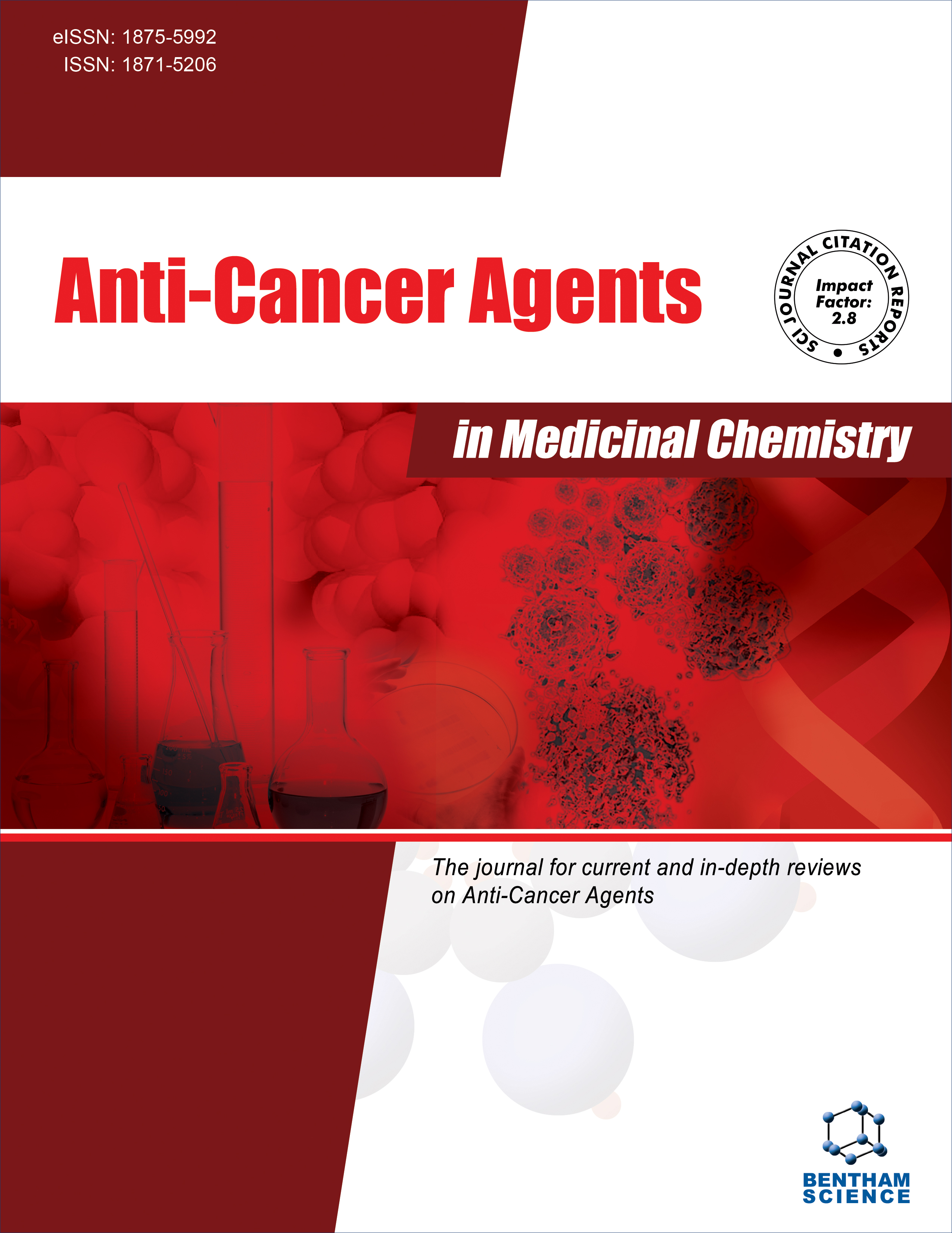
Full text loading...

Natural products and their derivatives have played a dominant role in the development of therapeutic agents. Traditionally, most of the natural products developed for the effective treatment of different diseases have been sourced from plants. Natural product discovery has seen a shift of focus towards microorganisms due to the chemical diversity of bioactive products they synthesize. Myxobacteria produce a large variety of novel chemical entities with diverse structures and varied bioactivities. In the last few decades, secondary metabolites from different genera of myxobacteria have been recognized as harbouring potent anticancer activity. Several analogs of these anticancer compounds have been prepared to address the limitations such as, poor solubility, high toxicity and low production yield, in order to obtain the compounds in higher quantities with better pharmacological properties and target selectivity. For example, a semi-synthetic derivative of epothilone obtained from a strain of myxobacterium has been approved for clinical use against taxane-resistant breast cancer. The anticancer compounds from myxobacteria target microtubules, the cytoskeleton, vacuolar ATPase, methionine aminopeptidase, exportin, the proteasome or translation elongation factor to exert anticancer activity. The focus of this review is on the promising anticancer compounds produced by myxobacteria, their targets and their mechanisms of action in cancer cells.

Article metrics loading...

Full text loading...
References


Data & Media loading...